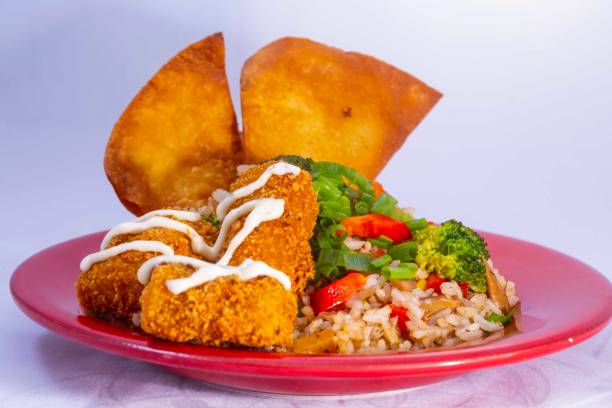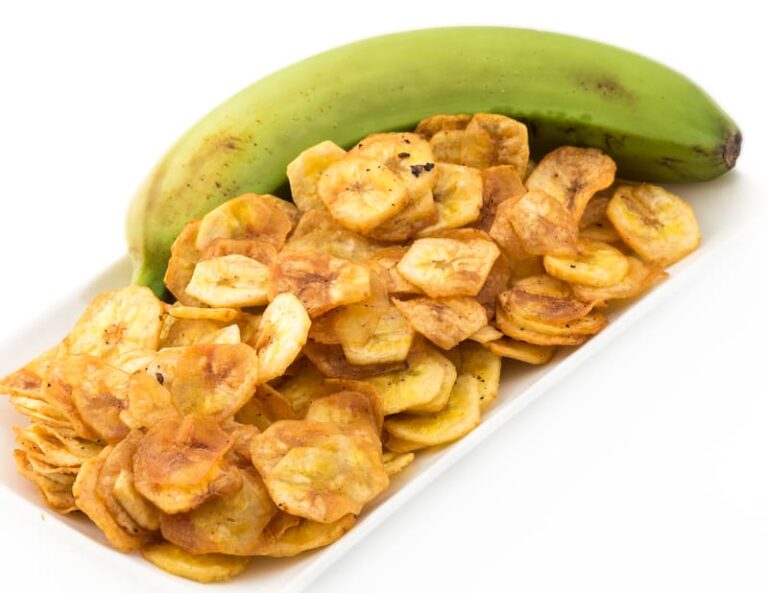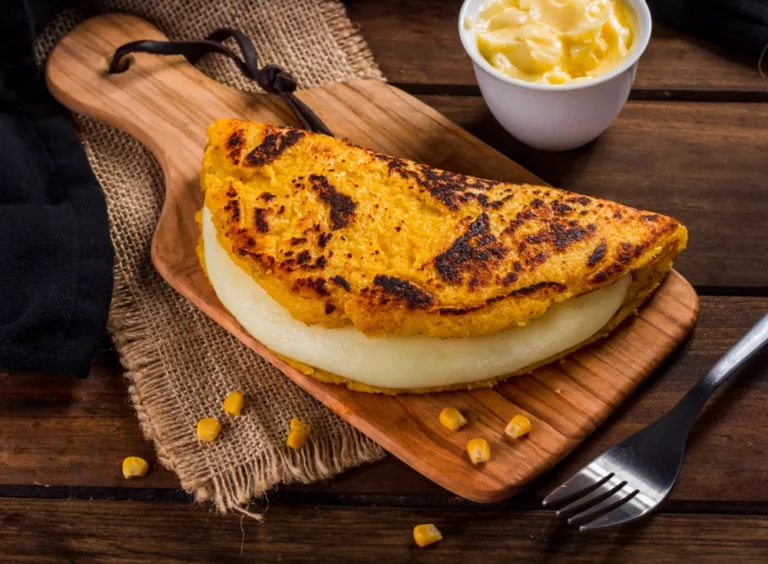Introduction: Panamanian Cuisine
Panamanian cuisine is a reflection of the country’s history, geography, and diverse cultural influences. It is a fusion of African, Spanish, indigenous, and Caribbean flavors, resulting in a unique and flavorful gastronomy. Panamanian cuisine is known for its use of fresh ingredients, herbs, and spices, and the incorporation of plantains and coconut in various dishes.
Plantains: A Common Ingredient
Plantains are a staple ingredient in Panamanian cooking. They are a type of banana that is starchier and less sweet than the regular banana. Plantains are used in various stages of ripeness in Panamanian cuisine, from green to yellow and black. Green plantains are used for savory dishes, while yellow and black plantains are used for sweet dishes.
The Versatility of Plantains in Cooking
Plantains can be boiled, fried, roasted, or mashed. They can be used to make appetizers, side dishes, main dishes, and desserts. Some popular dishes that use plantains in Panamanian cuisine are patacones (fried green plantain slices), tajadas (fried sweet plantain slices), and mofongo (mashed plantains with garlic and pork cracklings).
Coconut: A Staple Ingredient
Coconut is another staple ingredient in Panamanian cuisine. It is used in various forms, such as coconut milk, coconut cream, coconut water, and shredded coconut. Coconut is a versatile ingredient that adds richness, sweetness, and nuttiness to dishes.
Uses of Coconut in Panamanian Cuisine
Coconut is used in both savory and sweet dishes in Panamanian cuisine. It is used in rice dishes, stews, soups, and curries, as well as in desserts such as flan and cocadas (coconut candies). Coconut milk is also used to make drinks such as chicha (fermented maize drink) and ponche (eggnog-like drink).
Conclusion: The Importance of Plantains and Coconut in Panamanian Cooking
Plantains and coconut are important ingredients in Panamanian cuisine that add flavor, texture, and nutrition to dishes. They are versatile ingredients that can be used in various stages of ripeness and in different forms. Plantains and coconut are an integral part of Panamanian cuisine and reflect the country’s cultural diversity and culinary heritage.



